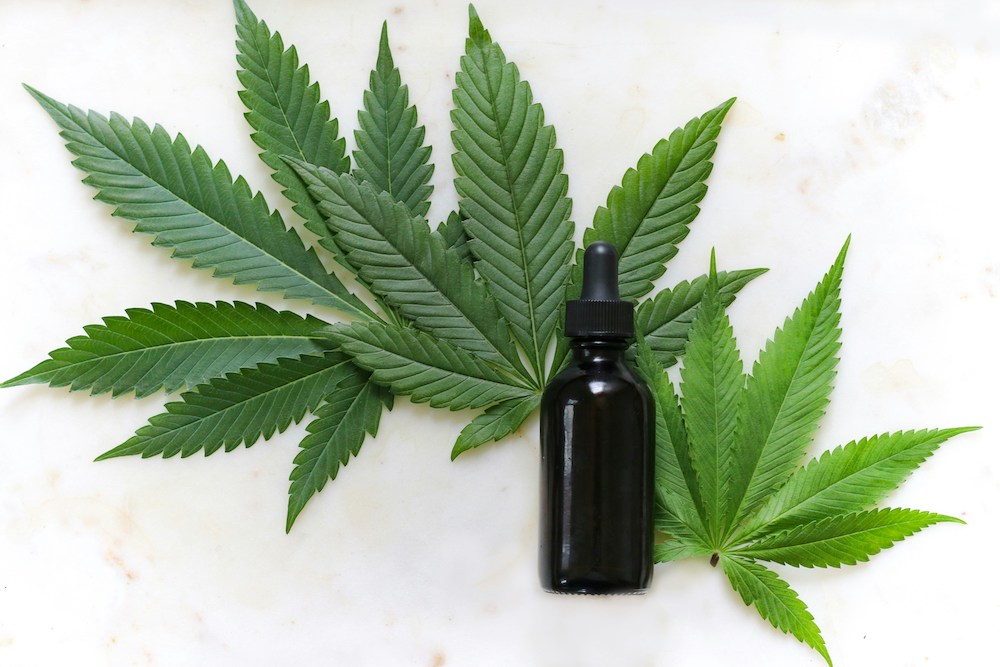Insights from an expert panel on managing medicinal cannabis in the workplace. Explore how to balance employee health needs with safety, legal compliance, and robust policies, while addressing impairment risks and evolving workplace expectations.
Medicinal Cannabis and Workplace Safety: Insights from the NZISM & NZOHNA Study Day
On Friday the 29th November, the NZISM Canterbury Branch and NZOHNA held their annual end of year Study Day, a valuable event that shed light on some of the key challenges and opportunities facing health and safety professionals today. It was not only an insightful experience but also a chance to connect with fellow professionals in the field and exchange ideas.
One of the standout moments of the day was a thought-provoking panel discussion on medicinal cannabis in the workplace. This topic has become increasingly relevant as the use of medicinal cannabis continues to grow, raising complex questions for businesses, especially those operating in safety-critical industries. The expert panel included Dr. Mary Obele, Dr. Clare Halford, Grant Moore, and Sarah Townsend, each of whom brought unique perspectives to this complex issue.
The Complexity of Medicinal Cannabis in the Workplace
The conversation revolved around the tension between supporting employees’ health needs and ensuring that workplaces remain safe and compliant with legal obligations. For industries where safety is paramount, such as construction, transportation, and manufacturing, this challenge is even more pronounced.
Dr. Clare Halford emphasised the benefits of medicinal cannabis for individuals suffering from chronic pain, anxiety, or other medical conditions. She reminded the audience that while the risks must be carefully managed, the therapeutic benefits of medicinal cannabis should not be discounted. For some individuals, medicinal cannabis can be life-changing, underscoring the importance of balancing health considerations with workplace safety.
On the other hand, Dr. Mary Obele stressed that there is a potential for impairment that accompanies the use of medicinal cannabis and it is this potential that creates a safety risk that must be managed. Unfortunately, cannabis use can be detected in test samples long after impairment has subsided, and there is currently no reliable test to measure impairment. Additionally, the duration of impairment varies from person to person. Nonetheless, the risk of impairment remains significant, as it can affect critical decision-making, reaction times, and overall safety—key concerns for employers, particularly in safety-critical roles.
Adding another layer of complexity, Grant Moore pointed out that lab tests cannot distinguish between medicinal and illegal cannabis consumption. This creates significant challenges for businesses attempting to enforce drug and alcohol policies while respecting employees’ legal rights to access prescribed medication.
Sarah Townsend brought the discussion full circle by emphasising the importance of having a clear and robust drug and alcohol policy in place. Such policies must be followed to the letter and need to strike a balance between fairness and safety. She also noted that while zero-tolerance policies were once the norm, they are increasingly seen as unfair and unreasonable, particularly in light of medicinal cannabis’s growing legitimacy. Instead, Sarah advocated for policies that are clear, specifically address medicinal cannabis, and rooted in current legal and medical understanding.
The Balancing Act for Businesses
The discussion made it clear that managing medicinal cannabis in the workplace requires careful navigation of multiple laws and regulations, including health and safety at work, employment relations, privacy, and human rights law.
For businesses, the key takeaway is that there are no simple solutions. Policies must be tailored to the specific needs and risks of the workplace while remaining compliant with all relevant laws. Clear communication with employees is also critical, ensuring that everyone understands their responsibilities and the rationale behind the policies.
Practical Steps for Employers
- Develop Clear Policies
Employers should create comprehensive drug and alcohol policies that address medicinal cannabis use explicitly. These policies should outline the expectations for employees, the processes for managing medicinal cannabis disclosures, and the procedures for handling impairment concerns.
- Focus on Safety-Critical Roles
For roles where impairment could pose significant safety risks, employers may need to implement stricter protocols, such as fitness-for-duty assessments.
- Educate and Train
Employees and managers alike should receive training on the implications of medicinal cannabis in the workplace. This includes understanding the effects of cannabis, recognising signs of impairment, and knowing how to address potential issues.
- Collaborate with Experts
Consulting with legal, medical, and health and safety experts can help businesses navigate the complexities of managing medicinal cannabis use.
- Adopt a Fair and Reasonable Approach
A zero-tolerance policy may no longer be seen as reasonable or fair, particularly when it comes to medicinal cannabis. Instead, employers should adopt a balanced approach that considers both safety and employee rights.
Looking Ahead
The discussion at the NZISM and NZOHNA Study Day highlighted the importance of collaboration and ongoing professional development in tackling emerging challenges in workplace health and safety. The use of medicinal cannabis is just one of many evolving issues that require thoughtful, informed responses from businesses and health and safety professionals.
A huge thank you to the organisers, speakers, and attendees who made this event so valuable. It’s clear that these conversations are essential as we navigate the changing landscape of workplace health and safety.
If your organisation is grappling with how to address medicinal cannabis or other complex safety challenges, feel free to reach out. At Practicable, we are happy to discuss how these insights could apply to your unique context.
Photo by Kimzy Nanney
